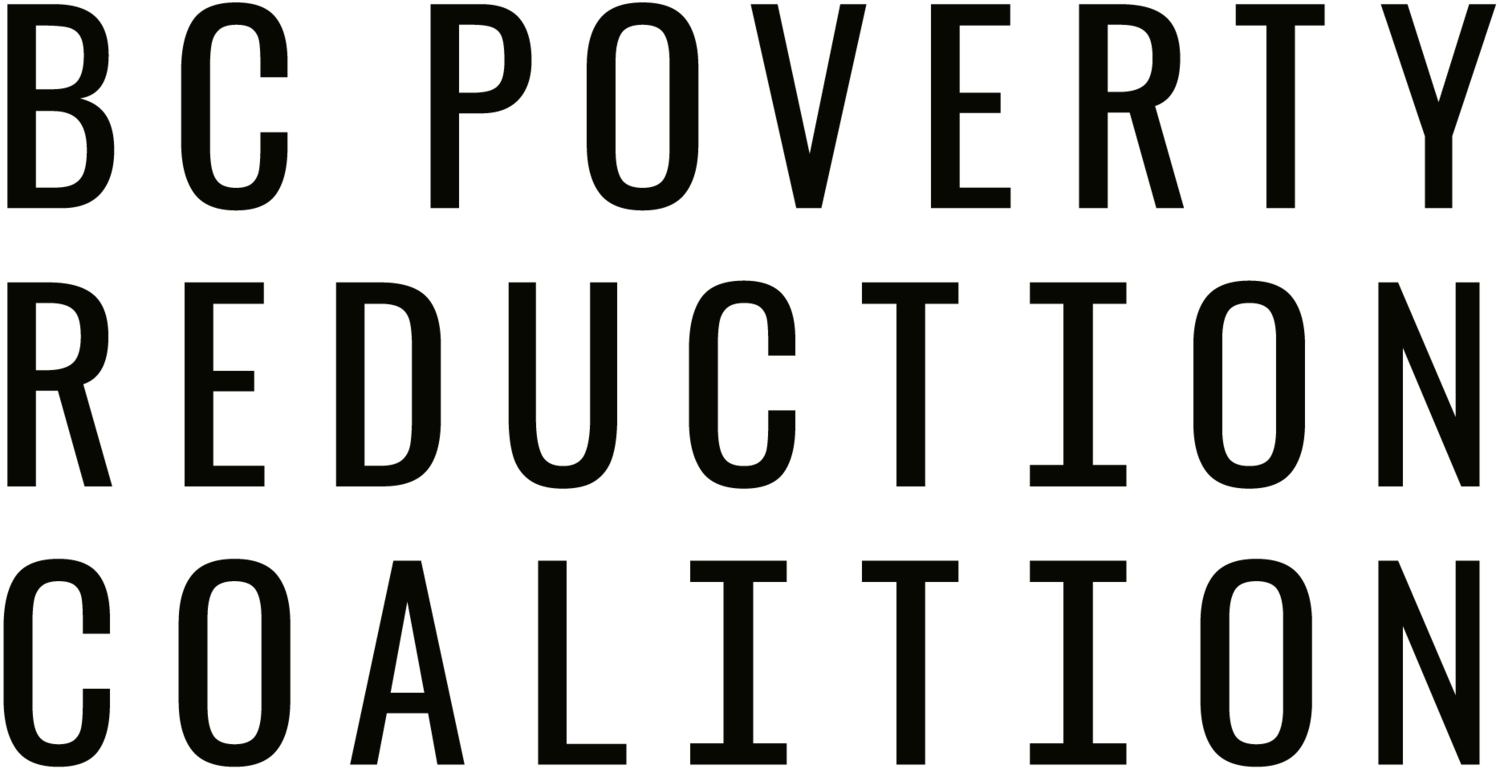Women & children experiencing abusive relationships are particularly vulnerable in this housing crisis
long-term housing stability is the key to safety, stability, dignity, and meaningful participation in civic life
By Chantelle Spicer (BC Poverty Reduction Coalition) & Meridith Crough (Ishtar Women’s Resource Society)
Originally published in The Province on March 3, 2024
The housing crisis in British Columbia makes headlines every day. It is a crisis with many impacts, the most noticeable being increasing homelessness, as described in the 2023 homelessness count for Greater Vancouver that documented an increase of 32 per cent more people not having access to shelter since 2020.
Women and children experiencing violence in relationships are particularly vulnerable in this housing crisis. As the National Women’s Housing and Homelessness feminist housing agenda states, the primary reason women stay in abusive situations is the lack of safe and secure housing.
The most recently available data suggests that women in B.C. account for 25 per cent of the “hidden homeless” — those who are under-housed and whose housing security depends on accepting precarious or dangerous conditions. Additionally, women and children who exit an abusive relationship are five times as likely to experience poverty when they leave. Poverty and violence work hand in hand — the economic freedom to access safe and stable housing options often means the freedom to leave abuse. As noted by data from the Women’s Legal Education and Action Fund, women and gender-diverse people who experience precarious housing or financial situations become more vulnerable to exploitation, as well as intimate and domestic violence.
What has frustrated advocates for decades is that when you have issues so systemic, the primary solution that has regularly been put forward has been a technical one: supply. An example of this thinking is the Safe and Supported: British Columbia’s Gender-based Violence Action Plan released by the B.C. government in December. Although many programs will be funded through the Action Plan, housing represents a significant portion of it The Women’s Transitional Housing Fund, which was launched in 2018 with a $734-million investment over ten years to build 1,500 transitional housing units, has been boosted to $1.2 billion. This promises a doubling of units to provide 3,000 transitional housing units.
These units are urgently needed as women who leave abusive situations often enter into homelessness or inadequate housing. The most recent data available from Statistics Canada shows that, on average on a given night in Canada, 3,491 women and their 2,724 children sleep in shelters because of relationship safety concerns. Unfortunately, these numbers do not capture the even more difficult reality that many women and children fleeing violence are turned away from emergency shelter options. In a recent measurement done by Ishtar Women’s Resource Society in Langley, in a six-month period, nearly 700 women and children reached out for shelter and were not able to be housed due to lack of space, forcing them to choose to remain in a situation of violence, or to risk homelessness.
What is urgently required is not just units, but a recognition that housing is more than shelter — it is the key to safety, stability, dignity, and meaningful participation in civic life. As part of consultations toward the forthcoming update to B.C.’s Poverty Reduction Plan, Ishtar Women’s Resource Society heard perspectives from women who access their programs on what they identified as solutions to better meet their complex and diverse needs when it comes to housing.
Women in the consultation expressed the urgent need for short-term safe or transitional housing units that consider the needs of women with children, larger family units, and trauma-informed care. Others spoke to the need for housing that recognizes the community and cultural needs of Indigenous, Black, and recently immigrated women, disabled peoples and seniors, with many who face multiple challenges at the same time. Without these considerations woven into transitional housing, the units available to them will be discriminatory, forcing them to stay in inadequate and unsafe conditions.
Women are dreaming beyond the needs of short-term housing. Having ongoing housing stability allows for increased autonomy, contributes to ending the cycle of poverty, and increases a sense of belonging in the community for themselves and their children. This includes housing that ranges from containers or pods, SRO housing, longer-term supportive housing for those with mental and physical wellness challenges, non-market rental units integrated into the community, and cooperative housing development for permanent occupancy. Consultation members also discussed the positive impacts of neighbourhood houses where women can access community spaces and programming, and the need to fund the expansion of this model of community-based resource hubs.
Women accessing programs through Ishtar are not alone in this call for support systems and housing that meet their needs beyond a roof over their heads. The National Women’s Housing and Homeless Network has submitted a human rights claim to the Federal Housing Advocate demanding policies that provide pathways for safe and culturally appropriate homes for Indigenous women, gender-diverse, and Two-spirit people.
As we plan our futures through action plans and policy, we must see the government move away from housing as a commodity and towards a model of housing as a human right to ensure that survivors of violence — and everyone — have access to the home they need.





